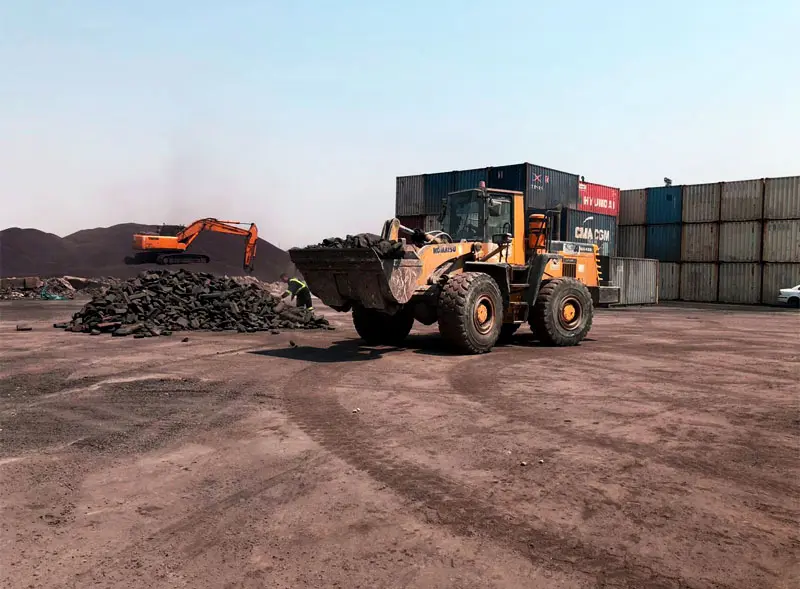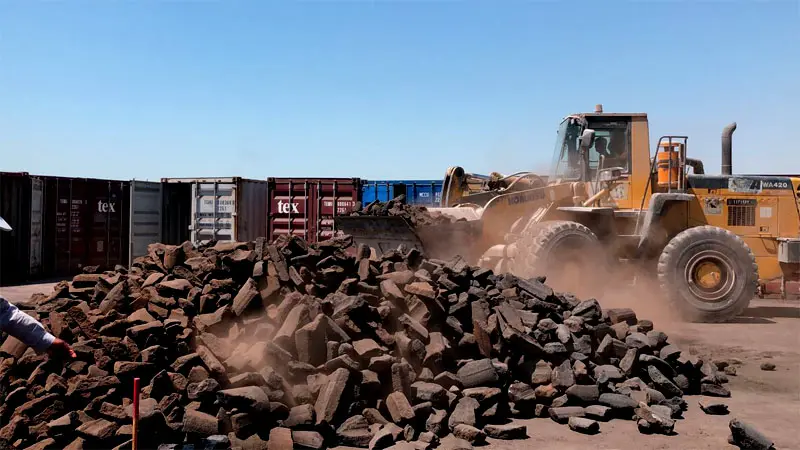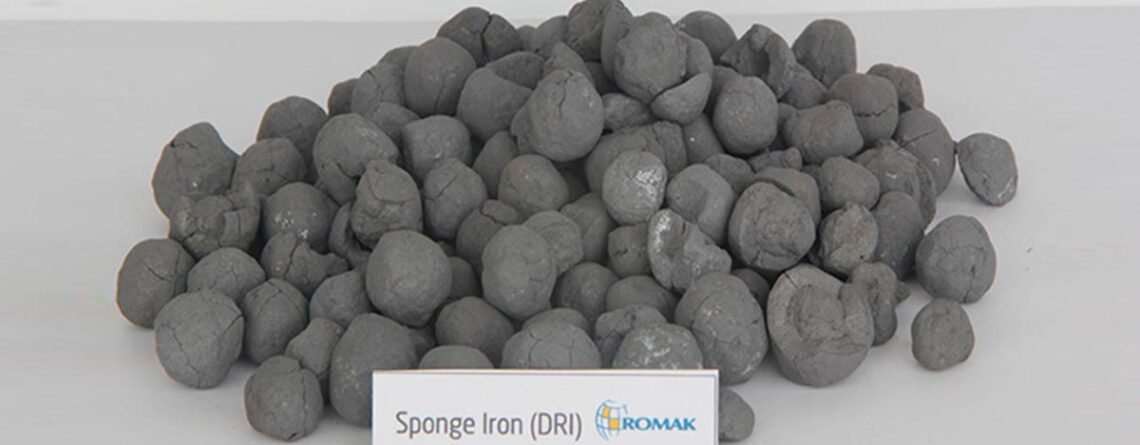Introduction
In the ever-evolving landscape of iron and steel production, innovations that enhance efficiency and flexibility have become paramount. Direct Reduced Iron (DRI) emerges as a pivotal player, a high-quality metallic product derived from iron ore that has revolutionized its role as a feedstock in various iron and steel making applications. This article delves into the multifaceted attributes of DRI, exploring its versatility, economic advantages, and the transformative impact it has had on the steel-making industry.
Direct Reduced Iron (DRI): A Cornerstone in Steel Production
Direct Reduced Iron, commonly known as DRI, is a testament to the dynamic nature of the iron and steel industry. Sourced from iron ore, DRI serves as a crucial feedstock in electric arc furnaces, blast furnaces, and a spectrum of other applications within the sector. What sets DRI apart is its ability to function both as a replacement and a supplement for scrap in the Electric Arc Furnace (EAF), a characteristic that opens doors to unparalleled operational flexibility.

Unveiling DRI’s Economic and Operational Advantages
DRI’s significance is further underscored by its capacity to allow operators to effectively manage charges, tailoring the process to achieve specific product quality goals. This quality assurance is achieved at the lowest cost per ton of liquid steel, making DRI not just an economically viable option but a strategic one. Beyond economic benefits, DRI offers operational flexibility that extends to meeting the highest steel specifications within the EAF domain. Its status as the most flexible feedstock for the steel-making industry is a testament to its adaptability and indispensability.
The Evolution of DRI Through Technological Advances
As we traverse through recent decades, witnessing unprecedented technological advances and modernization, DRI has not remained stagnant. Instead, it has evolved, gaining even greater value and advantages for steel makers. This evolution is not merely a technological narrative; it symbolizes a paradigm shift in the way the industry approaches raw materials. DRI, with its enhanced operating flexibility, empowers plant operators to make strategic decisions based on factors such as cost, availability, and the broader economics of the steel mill.

Conclusion
In conclusion, Direct Reduced Iron stands as a cornerstone in the narrative of modern steel production. Its journey from iron ore to a high-quality feedstock is a story of adaptability, efficiency, and economic prudence. Sponge iron specification is an important factor. DRI’s dual role as a replacement and supplement for scrap, coupled with its economic and operational advantages, positions it as a linchpin in the steel-making process. As technology continues to propel the industry forward, the story of DRI is far from over. It represents a commitment to innovation and sustainability, offering steel makers a flexible and reliable solution to meet the demands of an ever-changing global market. In the chapters yet to be written, DRI will undoubtedly play a pivotal role in shaping the future of iron and steel production.
As a DRI supplier, Romak Trading Co. provides high-quality and high grade Direct reduced Iron – DRI.



Leave a Reply
You must be logged in to post a comment.